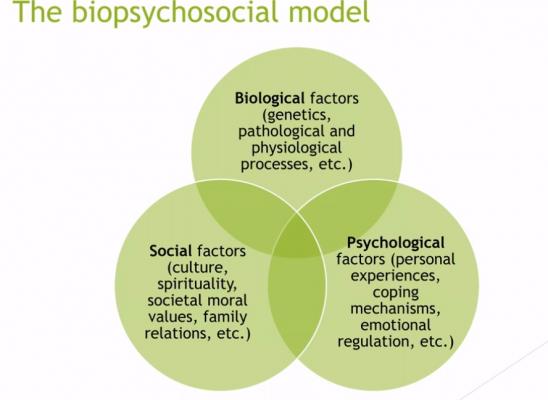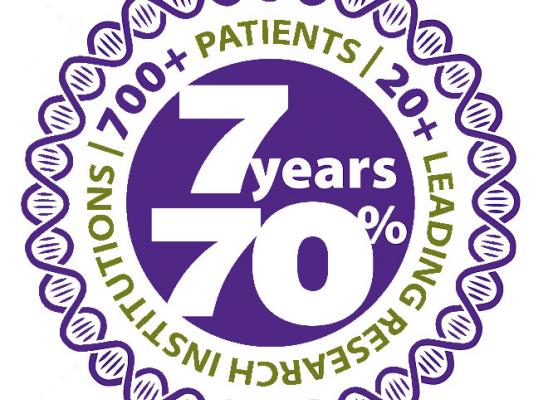Can Paroxetine Help Skin Picking?

Online test
Find out the severity of your symptoms with this free online test
Finding effective treatment options for skin picking and other Body Focused Repetitive Disorders (BFRBs) can be elusive. There is no single treatment, pharmacological or non-pharmacological, that is always effective. In fact, treatment of any form tends to vary widely from person to person.
Treatment for skin picking and other BFRBs like trichotillomania (hair pulling) have generally been focused on non-pharmacological behavior-based interventions. The “gold standard” for treating BFRBs like skin picking has been Habit Reversal Training (HRT). HRT is sometimes combined with other approaches such Acceptance and Commitment Therapy or other cognitive behavioral therapies.
There are currently no FDA-approved medications that are specifically used to treat skin picking. However, medications are sometimes used to treat certain comorbid symptoms or disorders that could exacerbate the skin picking. By treating these other symptoms, people sometimes find improvement in their skin picking.
Anti-depressants, in particular Selective Serotonin Reuptake Inhibitors (SSRIs), have been shown to reduce symptoms in OCD and even in some OCD-related disorders (OCRDs) such as hoarding, hair pulling, and skin picking. Still, medication is not always effective, but sometimes, it does seem to help. Just why isn’t completely understood.
A recently-published case study builds on what is known about skin picking disorder and its responsiveness to pharmacological interventions. The findings offer some insight as to when medication might be helpful and for whom.
Why SSRIs?
Skin picking, clinically known as Excoriation Disorder, is characterized by repetitive skin picking resulting in damage to the skin. While not the same as Obsessive Compulsive Disorder (OCD), it is classified as an Obsessive Compulsive Related Disorder (OCRD) in the Diagnostic and Statistical Manual of Mental Disorders (DSM 5) along with other disorders including OCD, body dysmorphic disorder, hoarding disorder, and trichotillomania (hair-pulling disorder).
Skin picking disorder often co-occurs with other mental health issues including OCD, depression and bipolar disorder. SSRIs are commonly used to treat mood disorders like depression and bipolar disorder. OCD has been linked to dysfunctional serotonin pathways in the brain. SSRIs have also been used to treat OCD and OCRDs including skin picking. Given that there are several SSRIs to choose from, there is little consensus as to which one may be most effective or with what clinical presentation. Brain studies may hold some clues.
What’s Happening in the Brain?
Serotonin plays a big role in brain function including regulation of mood and anxiety, sleep and wake cycles, and much more. Serotonergic fibers can be found in almost every area of the brain.
Neuroimaging has given researchers a new way to explore how the brain works and changes that happen in the brain. Neuroimaging research suggests that dysfunction in certain circuits of the brain may play a role in BFRBs. One study examined the effects of paroxetine on brain function in people with either OCD or major depression found significant brain changes and symptom responses to the medication. Studies using qEEG (quantitative electroencephalography) have found that people with OCD who also have higher alpha power, especially in the frontal regions, responded better to SSRIs like paroxetine better than those with other qEEG profiles. This suggests that certain neurobiological factors may be in play.
The Case Study
The authors of the new study present a single case study of a 32-year-old female who was diagnosed with OCD with depressive features and skin picking disorder (Excoriation Disorder).
A one-month course of paroxetine, an SSRI commonly used to treat depression and OCD, was given. In keeping with previous research, a baseline qEEG (quantitative electroencephalography) was completed as a means for providing a biomarker for the paroxetine treatment response. Findings of the baseline qEEG showed an increase in excess frontal alpha power.
At the participant’s one-month follow up, both the qEEG and psychiatric evaluation were repeated. Both physiological and psychological improvement were found. The person’s symptoms of OCD had diminished. Skin lesions were healed. Excessive brain activity had decreased as well.
Can Paroxetine Help?
The authors stress the importance of timely, optimal, and ethical treatment as well as fully assessing and understanding the clinical picture when choosing a treatment.
Based on their findings, the study authors suggest that paroxetine may be an effective option when:
1. The skin picking disorder presents with obsessive-compulsive, depressive and anxious symptoms, and
2. If the qEEG biomarkers of increased frontal alpha activity and amplitude asymmetry are present.
Of course, as with any potential treatment, there may be other individual factors that must be considered before proceeding. What’s right for you is a decision to be made with your healthcare provider.
What’s The Bottom Line?
It is important to remember that this study is a single case study and cannot be generalized to everyone living with skin picking disorder. There may be qualities unique to the participant or dynamics unique to the constellation of symptoms – or something still unknown - that influenced the results.
What these findings do suggest is that certain medications, like paroxetine, may, in some cases, be helpful in treating skin picking. Previous research suggests that there are certain neurobiological markers that seem to be associated with improved response to SSRIs like paroxetine in some people. Is that true for all SSRIs? We don’t know yet.
This study further supports the need for sound clinical assessment and the consideration of individual differences in treatment decisions. While much more research is needed, findings like these add to the understanding of the role medications may play in treating BFRBs and the hope for effective treatments.
References
1. Krzyszkowiak, W., Kuleta-Krzyszkowiak, M., & Krzanowska, E. (2019). Treatment of obsessive-compulsive disorders (OCD) and obsessive-compulsive-related disorders (OCRD). Psychiatria Polska, 53(4), 825-843. https://www.psychiatriapolska.pl/Treatment-of-obsessive-compulsive-disorders-OCD-and-obsessive-compulsive-related,105130,0,2.html
2. Arıkan, M. K., Oba, M. Ç., İlhan, R., & Mat, M. C. (2022). When to choose Paroxetine treatment in skin-picking disorder: A case report. Clinical EEG and Neuroscience, 54(2), 168-172. https://www.kemalarikan.com/wp-content/uploads/2022/01/when-to-choose-paroxetine-treatment-in-skin-picking-disorder-a-case-report-15500594211073390.pdf
3. Chapter 6. Obsessive-Compulsive and Related Disorders. (n.d.). Psychiatry Online. https://dsm.psychiatryonline.org/doi/10.1176/appi.books.9781585624836.jb06
4. Grant, J. E. (2015). Review of Psychopharmacological approaches for trichotillomania and other body-focused behaviors. Current Treatment Options in Psychiatry, 2(4), 422-431. https://link.springer.com/article/10.1007/s40501-015-0058-1
5. Saxena, S., Brody, A. L., Ho, M. L., Alborzian, S., Maidment, K. M., Zohrabi, N., Ho, M. K., Huang, S., Wu, H., & Baxter, L. R. (2002). Differential cerebral metabolic changes with Paroxetine treatment of obsessive-compulsive disorder vs major depression. Archives of General Psychiatry, 59(3), 250. https://jamanetwork.com/journals/jamapsychiatry/fullarticle/206130
6. Hansen, E. S., Prichep, L. S., Bolwig, T. G., & John, E. R. (2003). Quantitative electroencephalography in OCD patients treated with paroxetine. Clinical EEG (electroencephalography), 34(2), 70–74. https://pubmed.ncbi.nlm.nih.gov/12784904/
Online test
Find out the severity of your symptoms with this free online test
Start your journey with SkinPick
Take control of your life and find freedom from skin picking through professional therapy and evidence-based behavioral techniques.
Start Now



